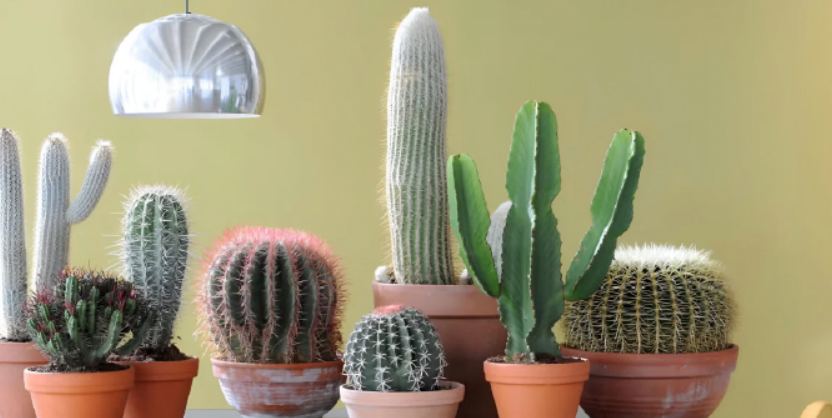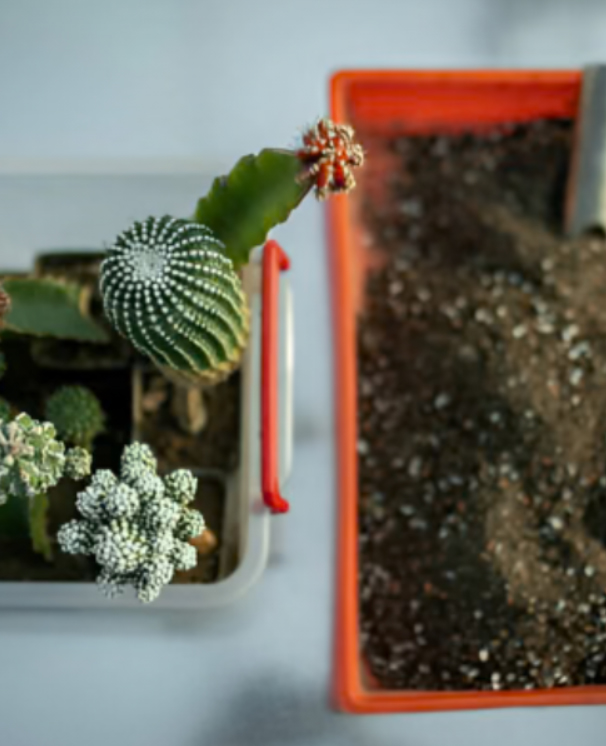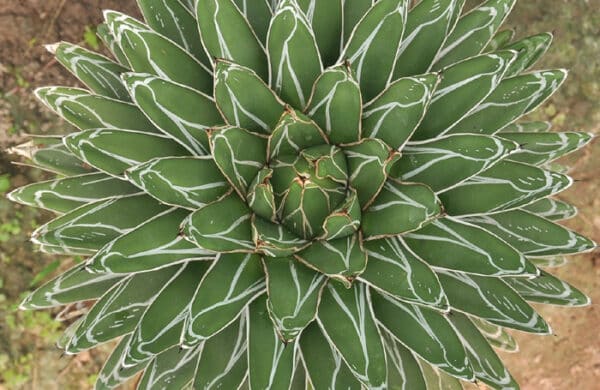Cacti are like the superheroes of the plant world when it comes to low maintenance. They’re incredibly easy to care for and are known for their resilience. With their ability to store water, they can tolerate dry conditions and don’t require frequent watering. For cactus care just give them some sunlight, well-draining soil, and a little love every now and then,
and they’ll thrive! Plus, their unique and diverse shapes make them a stylish addition to any space. Below, you will learn in detail about the tips and tricks to grow them.
How to Water Your Cactus – Seasonal Care
One of the most important aspects of cactus care is watering. Cacti are the only true drought-tolerant plants. Cacti are succulents, storing water in their leaves and stems.

As a result, they don’t require watering as often as other plants. You should generally only water your cactus weekly or biweekly.
When you water your cactus, ensure you’re using room-temperature water. Don’t use cold water because it can shock the plant and cause the roots to rot. Let the water seep slowly into the potting mix until it’s evenly moistened; then empty any excess water from the saucer.
Another thing you have to note is not to use chlorine water. Chlorine should be avoided when it comes to gardening because it can wipe out
helpful microorganisms found in the soil, as well as harm the roots of your plants
Treated water usually contains chlorine, which is why some may worry about the effect on their garden. Fortunately, most tap water has harmless levels of chlorine – if you can smell it though, that means there is a higher concentration than average.
Tepid rainwater or filtered water should be used for watering, rather than tap water. This is because the minerals in tap water build up in the soil and can cause deposits on the leaves. Minerals also disrupt the flow of essential nutrients to the plant.
Spring
1. Water every 1-2 weeks, allowing the soil to dry out between waterings.
2. Increase watering frequency if the weather is particularly warm or if the cactus is actively growing.
3. Ensure thorough watering, allowing water to soak into the soil and drain out of the pot.
4. Avoid overwatering, as it can lead to root rot.
Summer
1. Water every 1-2 weeks, as cacti are actively growing during this season
2. Adjust the watering frequency based on the specific needs of your cactus and the temperature.
3. Provide adequate drainage to prevent waterlogged soil.
4. Consider misting the cactus or providing some shade during hot summer days.
Autumn
1. Reduce watering frequency to every 3-4 weeks as cacti enter dormancy.
2. Allow the soil to dry out completely between waterings.
3. Be cautious not to overwater, as cacti require less moisture during this period.
4. Adjust watering based on the specific needs of your cactus and the surrounding environment.
Winter
1. Water sparingly, only when the soil is completely dry.
2. Water every 4-6 weeks or longer, as cacti are in a rest period during winter.
3. Protect cacti from cold drafts and ensure they receive adequate sunlight.
4. Avoid watering if the cactus is in a cold environment or if there is a risk of frost.
Remember, the watering frequency of forest or jungle cacti like Dancing Bones cactus is higher than that of desert ones
like Joseph’s Coat Cactus or Opuntia Rufida Minima, as forest cacti prefer moist roots, unlike desert cacti.
How Much Sunlight Does a Cactus Need?
When growing cacti indoors, they generally need bright, indirect sunlight. Place them near a window where they can receive about 6-8 hours of sunlight per day. If you don’t have a sunny spot, you can use artificial grow lights to provide the necessary light.
If your cactus is placed in a spot that doesn’t get enough light, it will stretch and become leggy. This is known as “etiolation.” To avoid etiolation, place your cactus near a south- or west-facing window. If you don’t have a spot like this in your home, you can also use grow lights to provide the plant with the light it needs.

When growing cactus plants outdoors, they typically thrive in full sunlight. They need at least 6 hours of direct sunlight each day to grow and maintain their health. Make sure to choose a sunny spot in your garden or patio where they can soak up the sun.
Remember, cacti are adapted to arid environments, so they can tolerate intense sunlight. However, be cautious of extreme heat during the hottest part of the day, as it can cause sunburn or heat stress. Providing some shade during the hottest hours can help protect your outdoor cacti.
The Right Kind of Cactus Soil Is Highly Important for Optimal Growth
Make sure you are aware of the different types of cactus species and the kinds of conditions they require to grow before you decide to buy one. You should purchase a potting mix suitable for cactus. The majority of garden centers offer the right kinds of cactus mix. You may either purchase a specialized cactus potting mix locally or create your own mixture by adding some sand and grit to the compost portion of the soil to make it grainy and less tightly compacted.

Cacti thrive in aerated, well-draining, light soil. The ideal cactus soil mixture will retain exactly the right amount of moisture to feed the plant without overdoing it.
The ideal potting soil combination is one that dries up rapidly after watering. The soil’s moisture content is quickly absorbed by cacti.
Therefore, any excess moisture will start to result in dampness issues and produce mildew, fungus, or rot.
Plantae Paradise offers specially formulated cactus soil, which has been tested for years.
Our blend includes an organic substrate with mycorrhizae to help develop the root system.
We also added the number of inorganic media needed to help with adequate drainage and ventilation. Additionally, our cactus soil also has a nutrient-rich mineral system perfect for enriching desert plants.
When it comes to fertilizing cacti, it’s important to take a gentle and cautious approach. Cacti don’t require a lot of fertilizer, so it’s best to use less. Once a year, in the actively growing season, during the spring, you can fertilize your cacti with balanced (5-10-5) NPK fertilizers. Dilute the fertilizer to half or quarter strength and apply it to moist soil.
Remember to follow the instructions on the fertilizer package and avoid over fertilizing, as it can harm your cactus. In the dormant season, typically autumn and winter, it’s best to avoid fertilizing altogether. Cacti are pretty resilient, so a light touch with fertilizing will help keep them healthy and happy!
Benefits of Cactus Soil:
1. Dries out more frequently than general-purpose, peat-based mixes.
2. Well, suited for low-light growing conditions & high humidity.
3. Less challenging to over water crops.
4. Reduces incidence of water-related problems (root diseases, algae, and fungus gnats)




